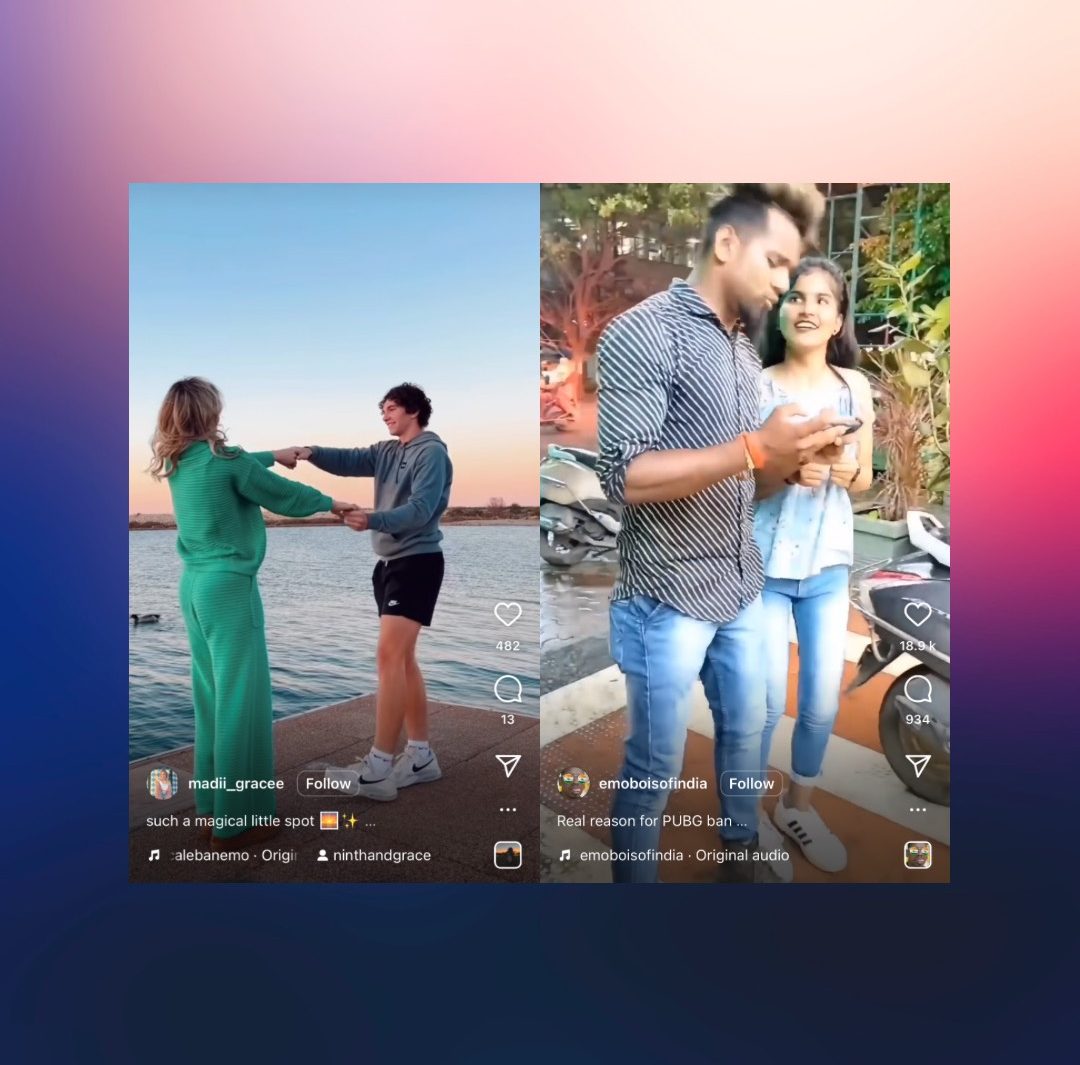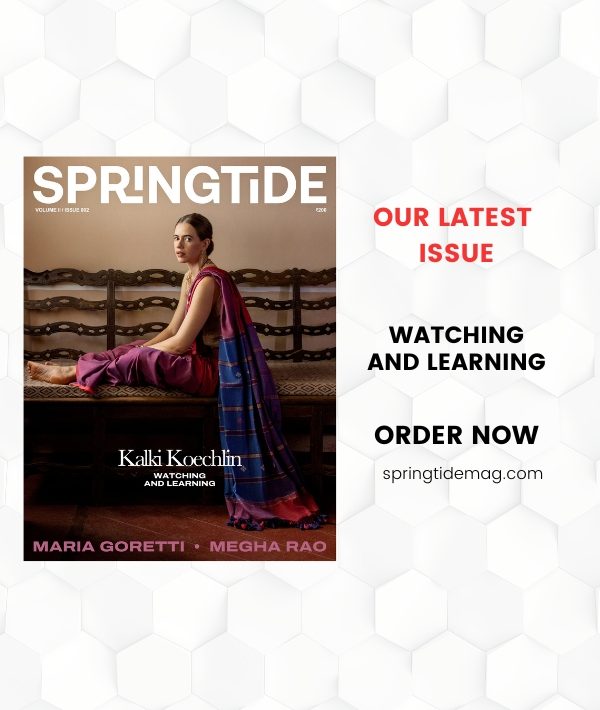A few days ago, during my leisurely end-of-the-day Instagram scroll, I came across a video posted by an account called @emoboisofindia. In the clip, which has 696,000 views and over 700 comments, a group of boys are seemingly celebrating Holi – while covered in silver paint from head to toe. My first instinct was to snort in amusement. But a second later, I couldn’t help but question why the account, hundreds of its followers (and me) found the video funny. It was completely harmless – just a group of people enjoying themselves. I could even imagine their appearance being hailed as experimental and high fashion in a different context. This video, though, had been stamped with the big bad label of “cringe”.
It’s an interesting word. The majority of social media users today can quite easily look at a post or a reel and decide whether it’s cringe or not. There’s nothing inherently wrong with that, it’s a natural reaction we all have because of years of using social media in a certain manner.
Most social media platforms have encouraged this divide between content. This is especially true for Instagram, which is almost entirely based on visuals. A couple posting videos from their trip to an exotic destination in Italy will most likely be beautiful and ‘aesthetic’ to watch. But a couple making a similar video in a small Indian town, while dressed in a way most would consider unfashionable, will probably make viewers cringe. Such ideas of aesthetics have changed and developed over time, but only become stronger. We unconsciously police our own posts to fit into them. It just so happens that ‘aesthetics’ often involve displays of wealth, knowledge or social awareness – sometimes all three.
Even when people document their ordinary daily lives on social media, there is a certain level of aesthetic appeal to the content. A travel content creator who lives out of a van, for example, isn’t exactly wealthy. But they’re sharing a lifestyle that we can romanticise – a new city every day, community experiences and living from one scenic location to the other.
View this post on Instagram
Then, TikTok changed a lot in the Indian context. When it first rose to popularity, it gave people from the farthest corners and most marginalised identities of the country a platform to express themselves. People from small towns and villages who were never able to integrate themselves into mainstream popularity found a voice and an audience who was willing to listen to it. Some also believe that the lack of a language barrier or need for ‘aesthetics’ on TikTok made it a suitable platform for people from diverse backgrounds.
This has been one of my Fav Video from TikTok. And this is one example of how talented people from Rural India have found an outlet for their talent and creativity. TikTok gave limelight to many such otherwise “invisible” faces pic.twitter.com/qfqpKzGpfi
— Joy (@Joydas) June 30, 2020
But the war had already begun then. A group of YouTubers, which included the popular but controversial CarryMinati, began roasting TikTok creators for their “cringe” content. Many criticised CarryMinati for using casteist and transphobic language to demean his TikTok rivals. The entire spectacle made one thing clear – the mainstream internet community finds it difficult to hold space for faces and voices that do not fit our idea of content.
With the TikTok ban, thousands of marginalised creators lost their medium of expression. Instagram reels couldn’t possibly replace it. Exotic travel, inspired art, celebrity updates – this is what most Instagram users prefer to see. Those who don’t have the money must possess aesthetic know-how to create such content at the very least.
The truth is, we are far too immersed in social media culture to wake up one morning and decide that cringe content is no longer cringe. But as is true for any other interactions one might have online, it’s important to be empathetic and make peace with the fact that everyone’s idea of content is not the same, and neither are their means to create it.





